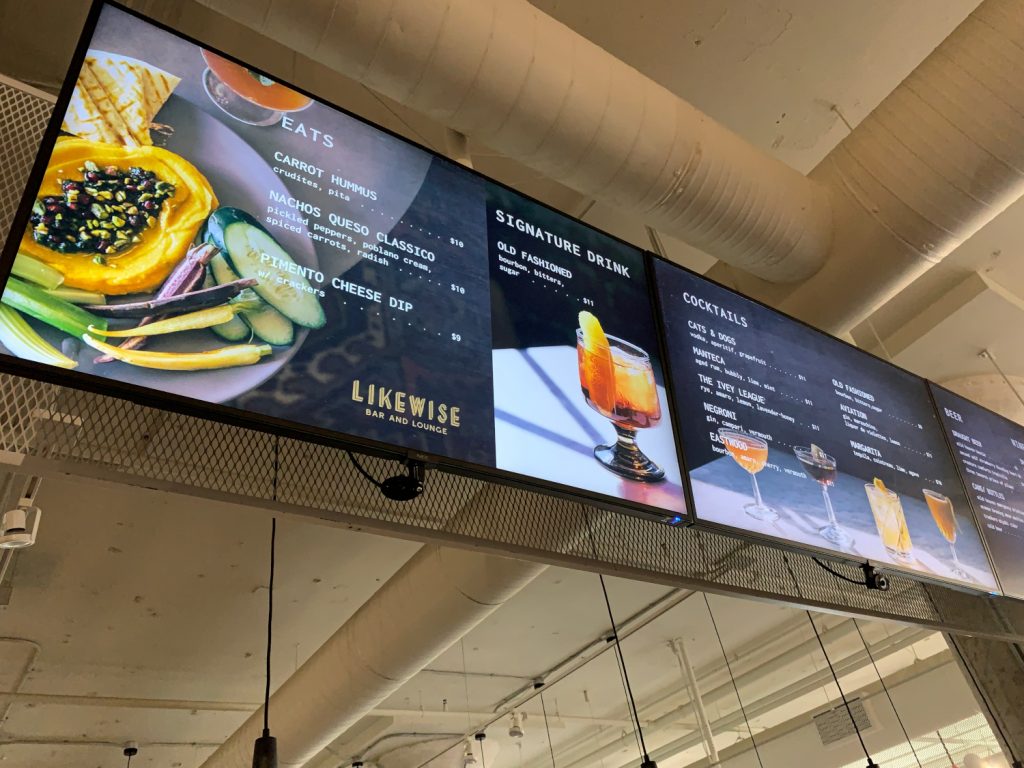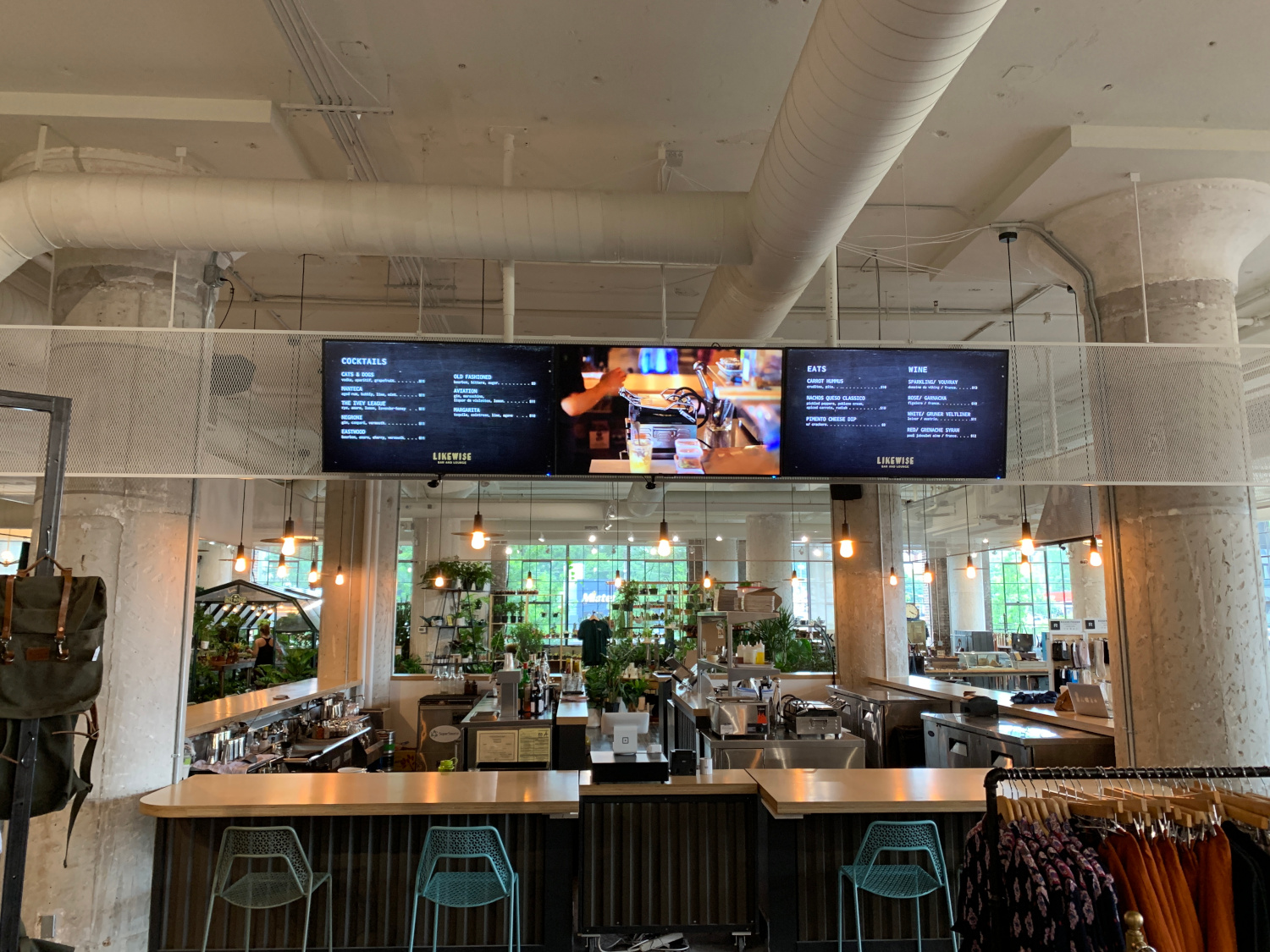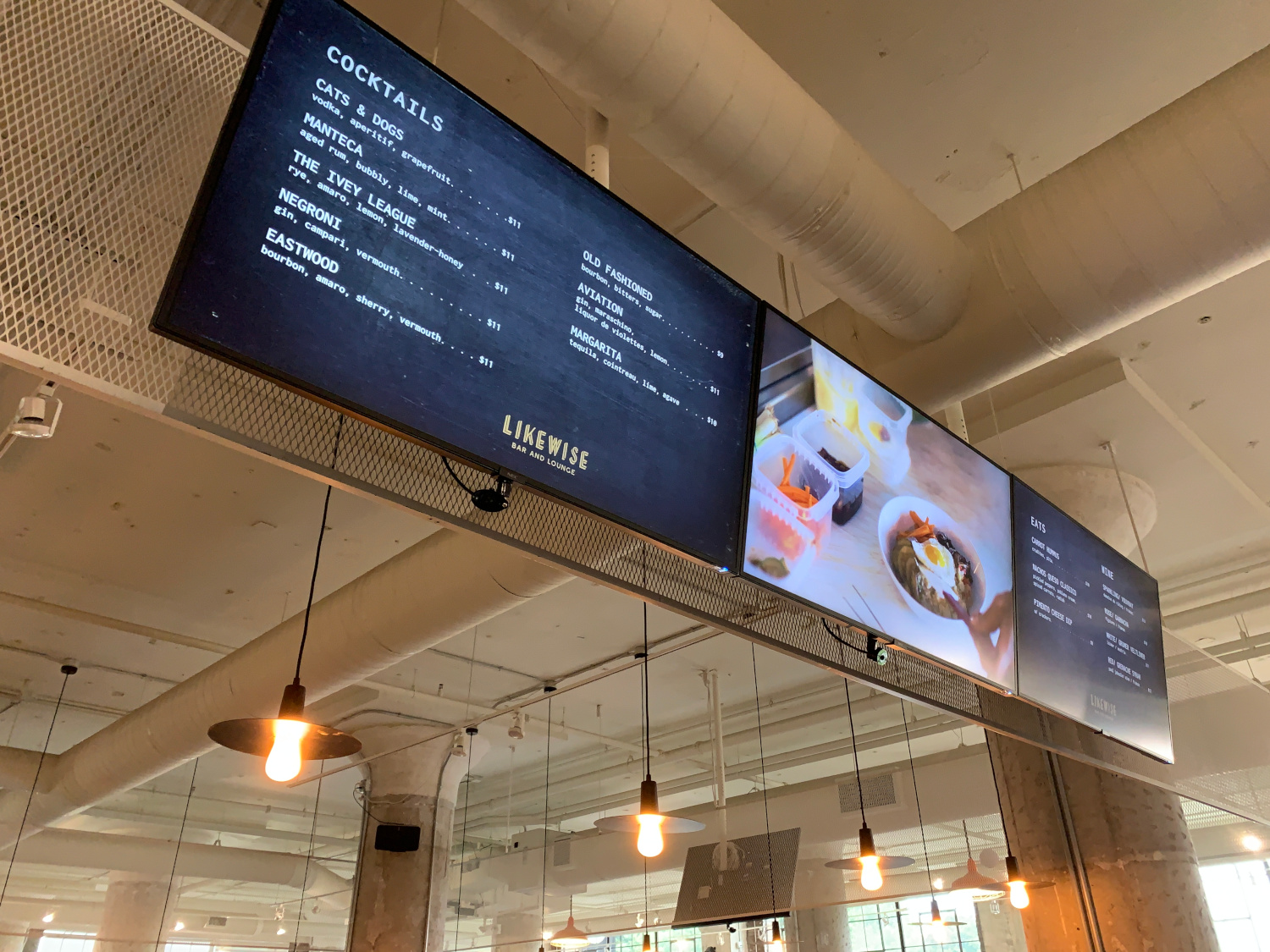I’ve been in retail, marketing, technology and in-store digital for decades. I’ve written a book, and I’ve spent countless hours writing thought-leadership pieces, speaking on stage, teaching and tantalizing operators on the topic of retail innovation. I’ve also tried to help anyone who has asked for guidance. I love it, I live it and I believe in it with every fiber of my being. Yet, five years ago, I found myself awake at 5am on a Saturday morning, feeling stressed out, perplexed and frustrated.
The cracks in the retail industry were becoming chasms. I was battle-weary from clients who didn’t want to evolve and coworkers who all seemed to know better. And, I was frustrated by the constant fight for longterm sustainability over short-term profits. (That’s not even to mention the everpresent non-disclosure agreements (NDAs) that kept me from sharing the fruits of my team’s labors.) Everyone had speeches and pitches on what to do, but no one had proof. Of course, I did have proof—not just on how to do retail innovation, but also on the results that could be had from doing it right—but I couldn’t share it.
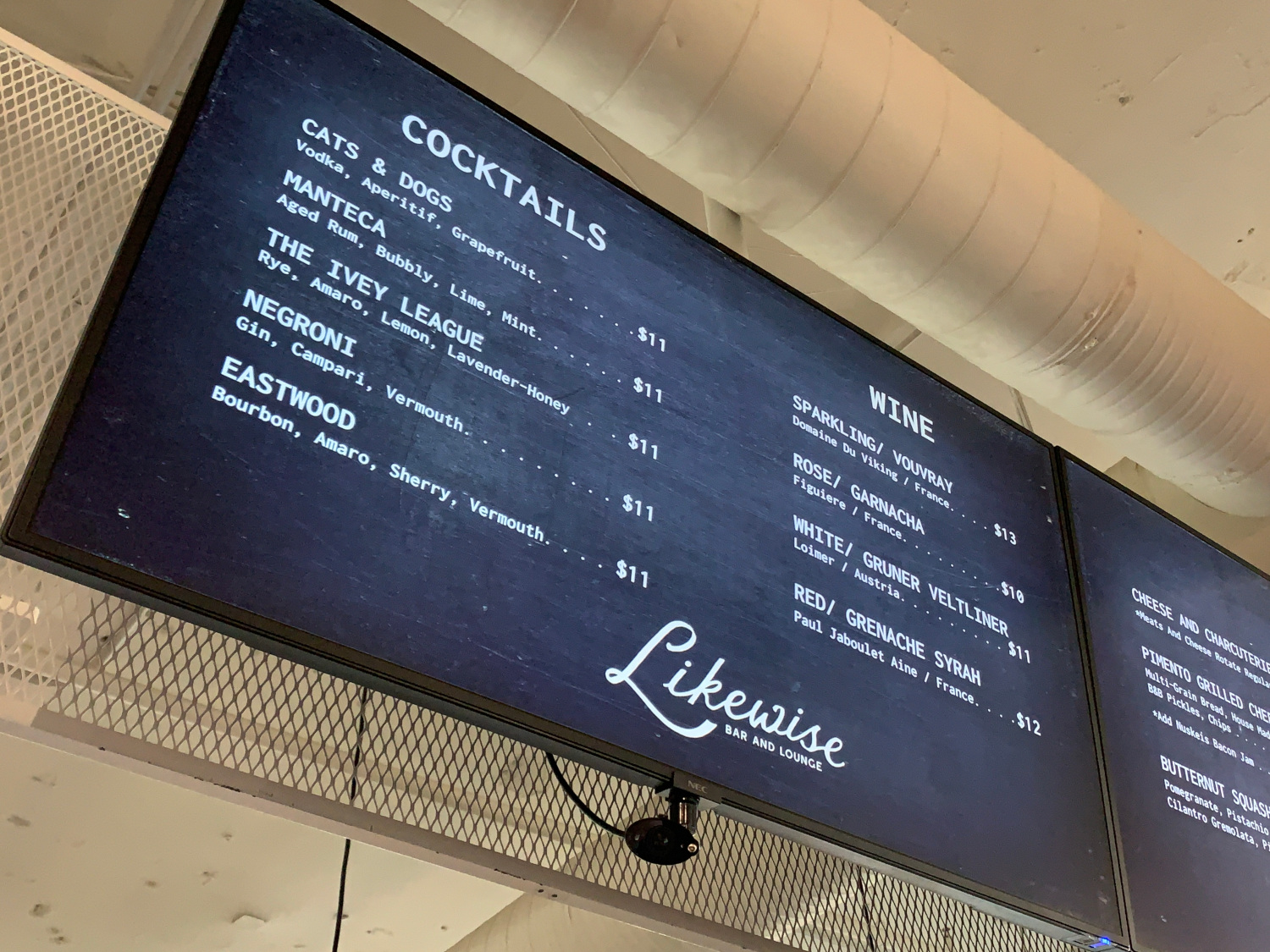
Naturally, a lot of questions are at play. For example, how do we do the following:
- harness what people love about online shopping and bring it to every touchpoint
- bring agile design into physical brick and mortar
- suspend disbelief of what’s possible
- stop testing in labs and theory and prove it in the real world
- show by example how to pivot—and show what happens when you do
The answer was obvious. It had to be a real store, with an already-ideal customer experience, led by an enlightened retail owner. It had to be an agile test environment, with just as much learning as proving. And it had to bring together a collective of brainpower, all with specialty skills and products, and with pioneering spirits. Most importantly, it couldn’t be built for revenue generation; rather, it had to serve as a guiding light for the industry.
After years of pitching this idea to bosses, industry influencers and potential investors—and following an initial attempt being thwarted by the store burning down (really!)—my HighStreet Collective partner, Ed King, looked at me and gave it to me straight: If this was going to happen, we would have to do it on our own. Which is what we did. It’s called the Living Retail Lab.
What Is The Living Retail Lab?
The Living Retail Lab is a HighStreet Collective initiative in which an Atlanta GAarea retailer, Citizen Supply, was chosen to participate. With it, we have a runway to create in-store experiences that define industry best practices. It gives Citizen Supply an opportunity to install free technology to help grow its business. It also gives retail real-estate investor Jamestown Properties a platform for innovation. It gives sponsor technologies the opportunity to gain real-world case studies and proof points, all sharpened by HighStreet’s strategic, creative and customer experience (CX) chops. And, it gives the industry case studies with the kind of real, unfiltered results that we’ve desperately sought.
Where Is The Living Retail Lab?
Citizen Supply is a 12,000-square-foot store that sees 20,000 visitors per month. It’s located inside the trendy Ponce City Market, now one of Atlanta’s top destinations. It was chosen for its ideal location, the owner’s appetite for experimentation, its unique and innovative store design and experience, and, importantly, its unique model. The store is a “maker’s market,” meaning all the products are curated from artisan designers. It includes housewares, apparel, health and beauty items, gifts, and food and beverage—all in one place.
Why Is ‘Living’ Important?
Our industry has many closed-to-the-public “lab” stores, and we’ve been involved in many of them. Based on what we’ve witnessed, we felt it vital to have uninterrupted shoppers spending real money interacting with realistic, financially feasible solutions in a real store. Only then could we trust their responses and determine if different experience designs, technologies and innovations actually generate return on investment (ROI).
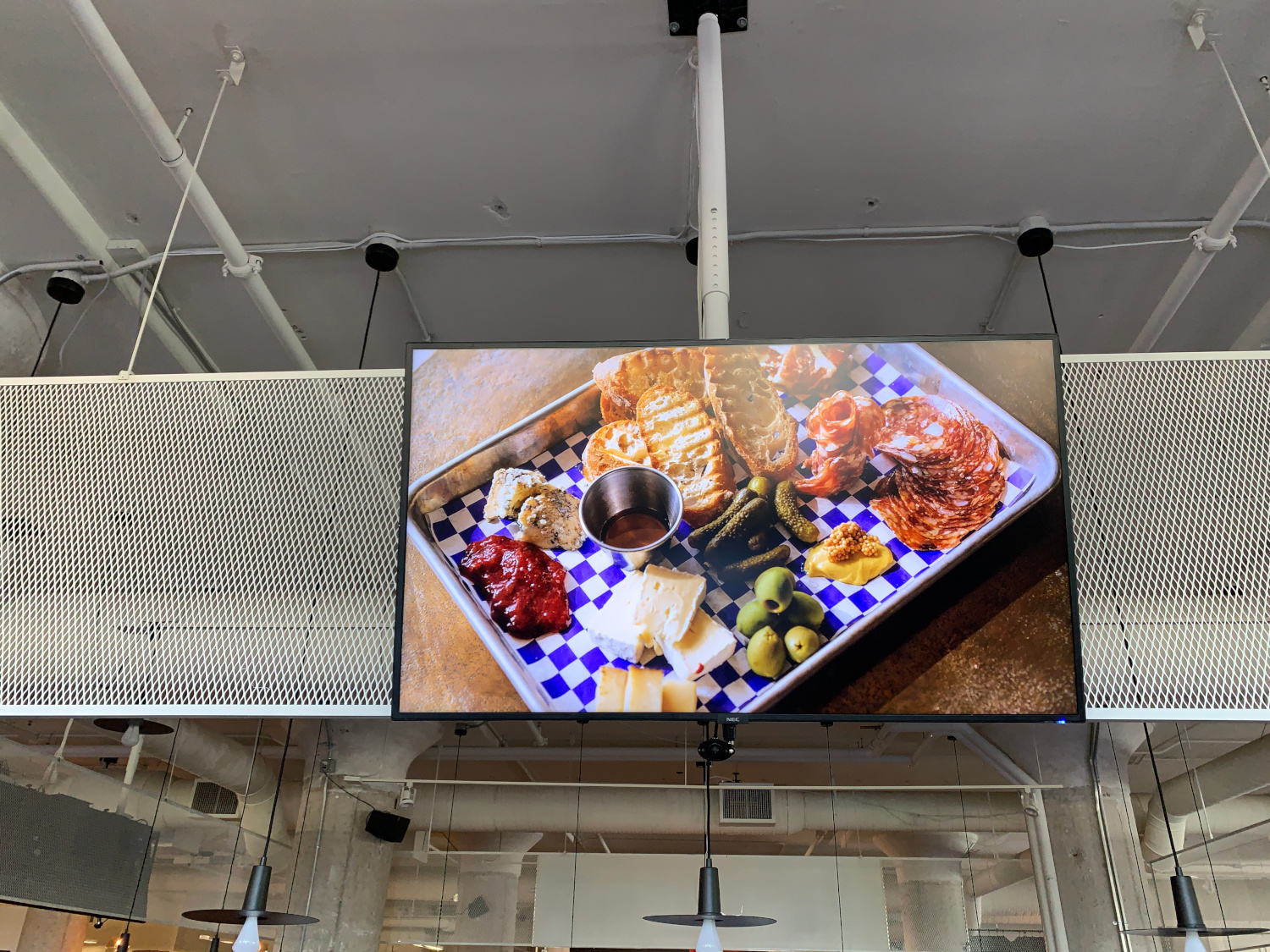
How Does It Work?
First, we identify a specific business or shopper challenge to solve. Then, we create a unique solution strategy to address it. Sponsor technologies are vetted, and a collaborative team led by HighStreet creates the in-store experience. Then, we test, learn and iterate for a number of weeks via experiment-based “sprints.” We capture the process, insights and results via a range of methods, and we share it in many formats. This culminates in our version of an immersive whitepaper called a “Sprint Story.” We can’t wait to publish the first one; it’s a completely refreshing approach to what can be complex and hard-to-apply information.
What Kind Of ‘Experiments’?
First and foremost, you won’t be seeing robots or any of the emerging technology that’s getting lots of “retailing 2025”-type coverage. We’re focusing on today’s issues using today’s technology. And the experiments are designed the same way we work with clients. Citizen Supply’s Owner, Phil Sanders, shares his business challenge; we dig in on the shopper pain points and opportunities we see around them; we prioritize the goals; and we form the team and get busy. Only then do we explore which technologies make sense and how we can weave them together to create signature, measurable experiences that result in one statement: “With this, we forecast X in cost and Y in ROI in Z amount of time.”
For example, Sanders just built an amazing bar and lounge inside the store, called Likewise. He first had to convert more shoppers to patrons, so Sprint #1 is on digital menu boards. We’re testing static boards, a 1×3 videowall of NEC Display Solutions digital menu boards and a standalone “promo” screen, where we’re using NEC ALP and some other partners to test triggered content mapped to specific customer attributes. We’re testing and measuring a myriad of content and strategy approaches, ensuring that we include ones that are common to the industry (think point of purchase (POP) on steroids) and those we wish we saw more of and that we, ourselves, have used successfully.
We’re working on the bones of Sprint #2, which will be addressing Sanders’ challenge to convert more passerby traffic into store visitors. Sprint #3 is under discussion, with the idea centered on how to infuse more storytelling and emotional engagement into the selling strategy. Further off, we’re discussing artificial intelligence (AI), creating more “social selling” in the physical store and interactive showrooms.
How Are The Results Measured?
Historically, we’ve installed technologies to gather benchmark data, and then used various tools to measure things like presence, gaze, engagement, basket, sales, emotion and transaction. It’s all tested against content approaches and strategies, collated, results shared, “optimization” decisions made and executed, and then learnings and best practices documented. We always say it’s like treating the store as a “physical website,” where we have a stream of store-based data not terribly different from online web-stream data.
Because every tool used was often in a different data cloud or system, it took a lot of work to collate whatever we were doing into usable information and dashboards. Some clients took our model in house and invested in employing systems, application program interfaces (APIs), data scientists and dashboards to automate it. Others just paid us a nice retainer to keep doing it with algorithms and sweat. And that was the original plan.
However, while getting the idea off the ground, we learned about ALP, which was built to address these complexities and more. With it, we can see what’s happening in real time, and we can test out triggering content tied to attributes (age, sex, weather, etc.) so as to deliver content that is audience-tailored.
What Other Technology Suppliers And Brands?
As noted, we never start with the technology. ALP offered what the lab required first and foremost—a hub to the many spokes on this wheel. We’ve engaged other partners for Sprint #1, but we’re actively seeking, screening and finalizing sponsor technologies for Sprint #2 and beyond.
Regarding brands, we have no others involved—on purpose. If we bring in a retailer or consumer-packaged goods (CPG), the NDA nooses will kick in and we will become servants versus Sherpas. It would also mean that we’d be serving their business goals, rather than Sanders’ goals. (Note: Some other labs that are built for retail brands to play, explore and hone their chops have recently hit the press wires. We love the idea! We’re just not doing it here.)
What Is The Result?
We’re creating an enlightened strategic approach for store innovation that the industry can model. We’re creating irrefutable proof that the technologies available today can influence the bottom line. We’re teaching retailers how to utilize new systems to measure, optimize and monetize their own experiments. We’re helping an amazing owner become even more amazing.
And, finally, we’re providing living proof that, to ignite change for the greater good, you sometimes just have to get out of bed and make it happen!
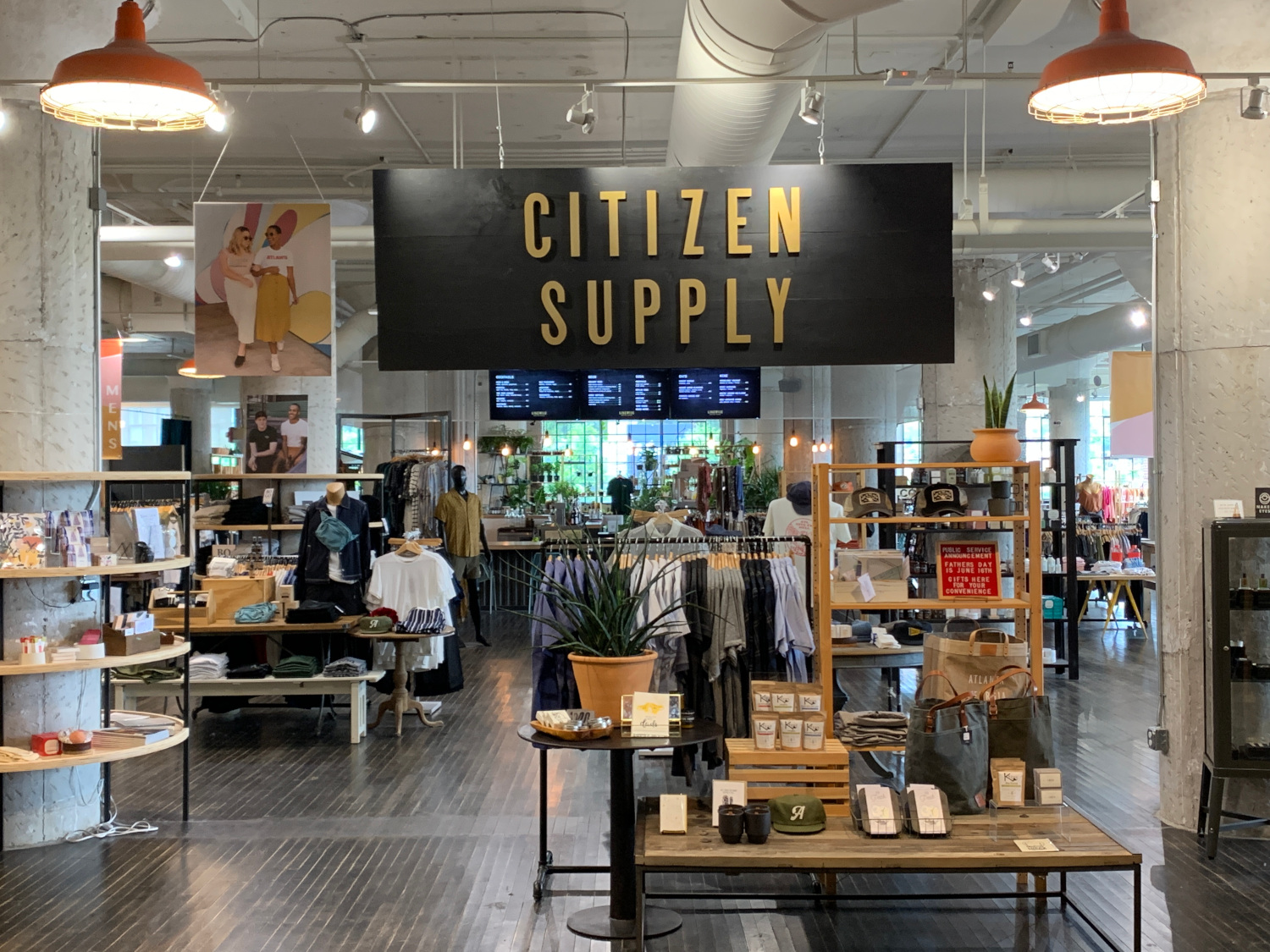
ALP At Citizen Supply
The NEC Analytics Learning Platform—NEC ALP—is an anonymous business-analytics platform designed to elevate businesses by tapping into unique customer insights. Using video sensors mounted throughout a store, ALP delivers non-identifying, anonymous demographic data that gives retail operators insights into store traffic, customer dwell times and more, all in service of triggering tailored content. The data gathered is correlated into message impressions and conversion, and it’s delivered via reporting and a customizable dashboard that gives retailers a more accurate look at just how effective their digital signage is at engaging customers and creating sales.
Taking things a step further, ALP Pro has all the functionality of ALP, but it has deeper reporting functionality and utilizes artificial intelligence (AI) or machine learning. For example, if ALP Pro knows that, every day between the hours of 3pm to 5pm, there’s a greater influx of women between the ages of 18 and 27, it can tailor digital signage content to appeal to that demographic. In addition, ALP can use weather data to tailor content. So, for example, it can push an ad for sunglasses on a sunny day and an ad for umbrellas on a rainy day. ALP also uses location-based event data to trigger content to drive traffic and conversion of merchandise and services in a particular store area.
At Citizen Supply, ALP is used to provide baseline analytics to generate traffic, dwell and demographic data. In future sprints, ALP will be utilizing the insights gathered to drive strategy for targeted messages and to drive conversion within the bar and lounge space and the retail space within Citizen Supply. ALP was the right choice for Citizen Supply because the owner had to drive traffic and conversion in the bar and lounge area by delivering dynamic content, targeted to specific demographics. In addition, the retailer would like to use the platform to promote events, while also measuring conversion and message effectiveness for the many makers (vendors) in the space.
Without the insights that ALP provides and the ability to trigger targeted ads, Citizen Supply would not have access to the actionable business intelligence with which it can increase traffic and drive conversion.
